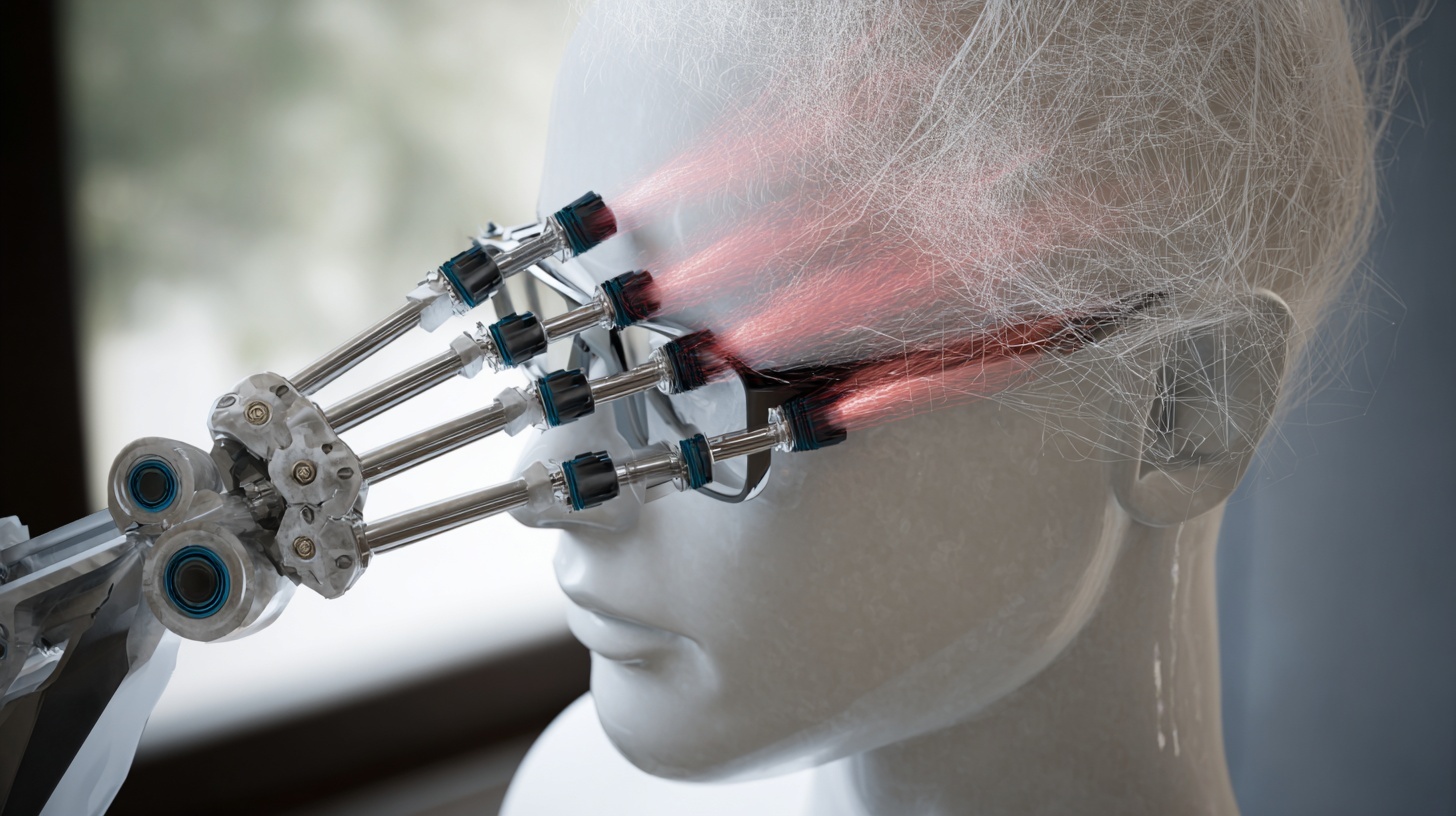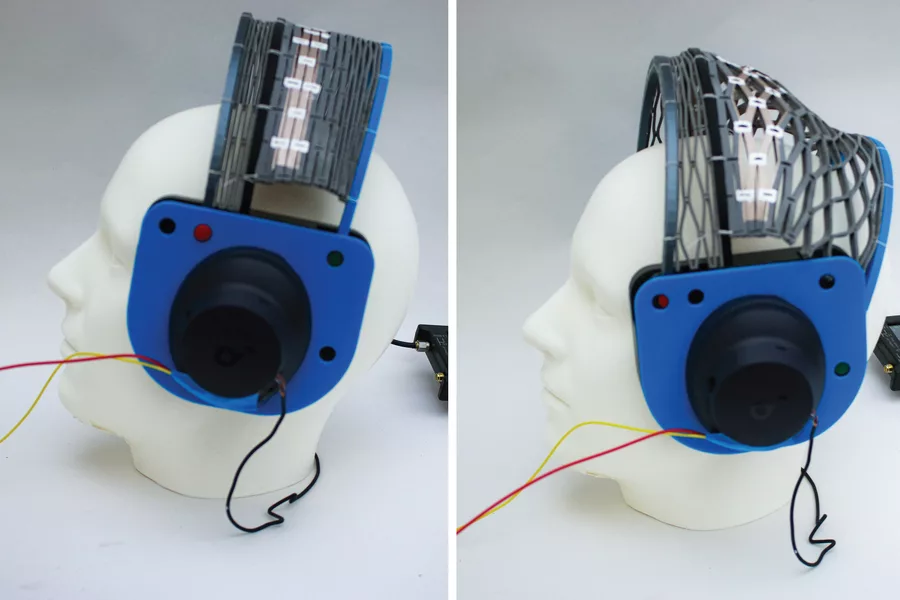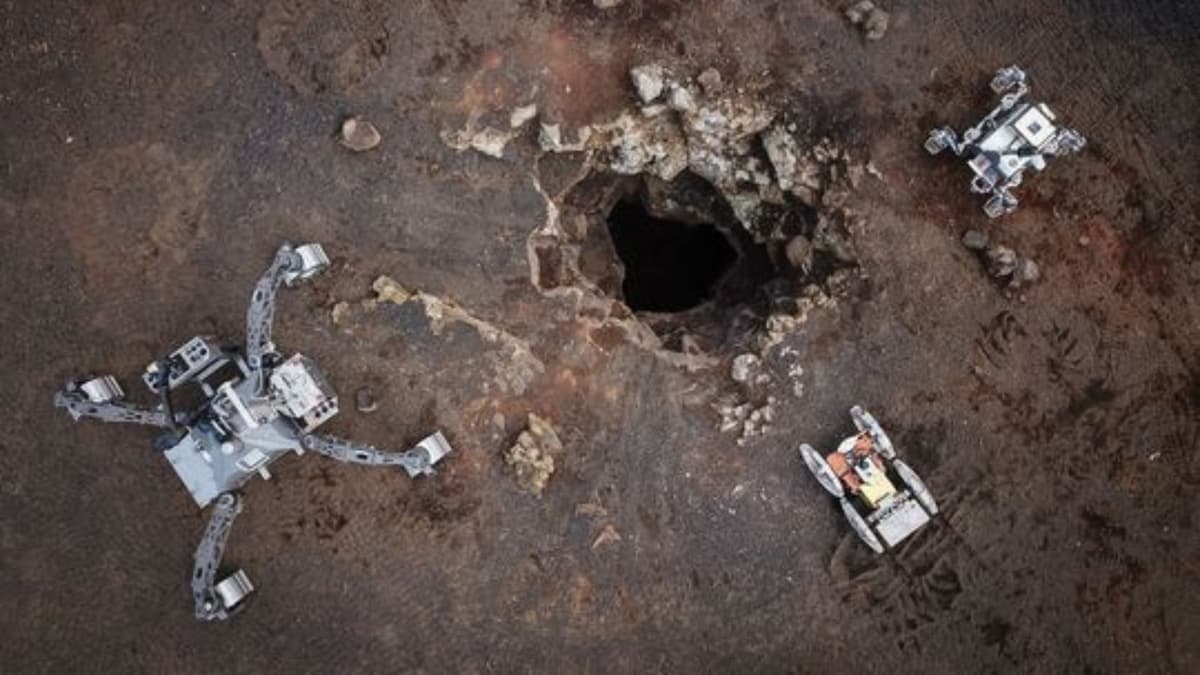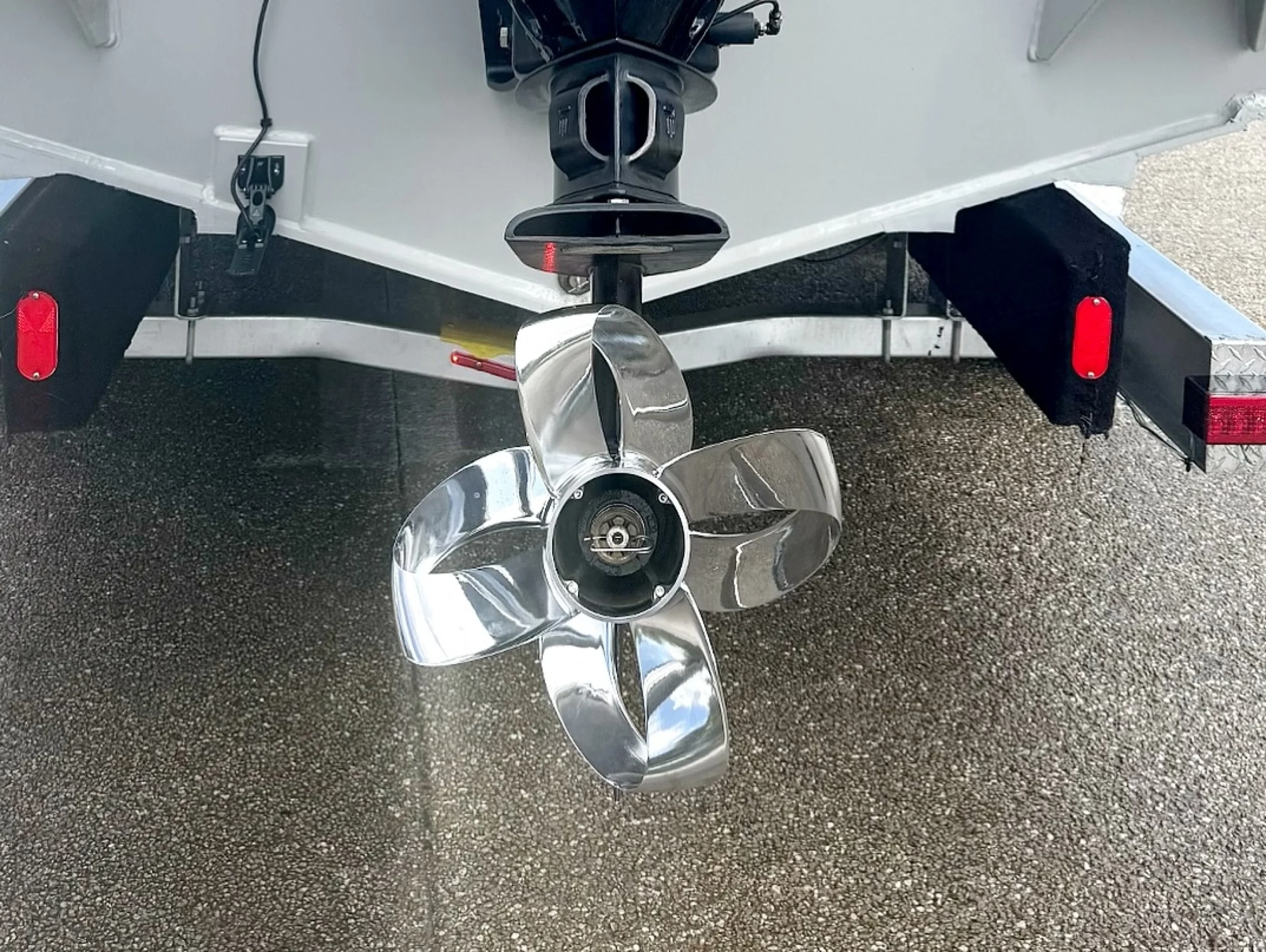By Futurist Thomas Frey
The Economic Revolution Nobody’s Talking About
While most of the world is still arguing over whether artificial intelligence will take jobs, a quieter revolution is already creating new income streams. HyperCycle’s Internet of AI—known as the IoAI—is turning AI agents into autonomous economic actors. These digital entities don’t just analyze or assist; they earn money, compete on performance, build reputations, and transact through micropayments that traditional payment systems can’t handle. The infrastructure for this new economy exists now. HyperCycle’s distributed node network allows anyone—individuals, entrepreneurs, or organizations—to deploy AI agents that earn revenue 24/7, without human supervision. Here are nine ways to profit from this next-generation machine economy.













